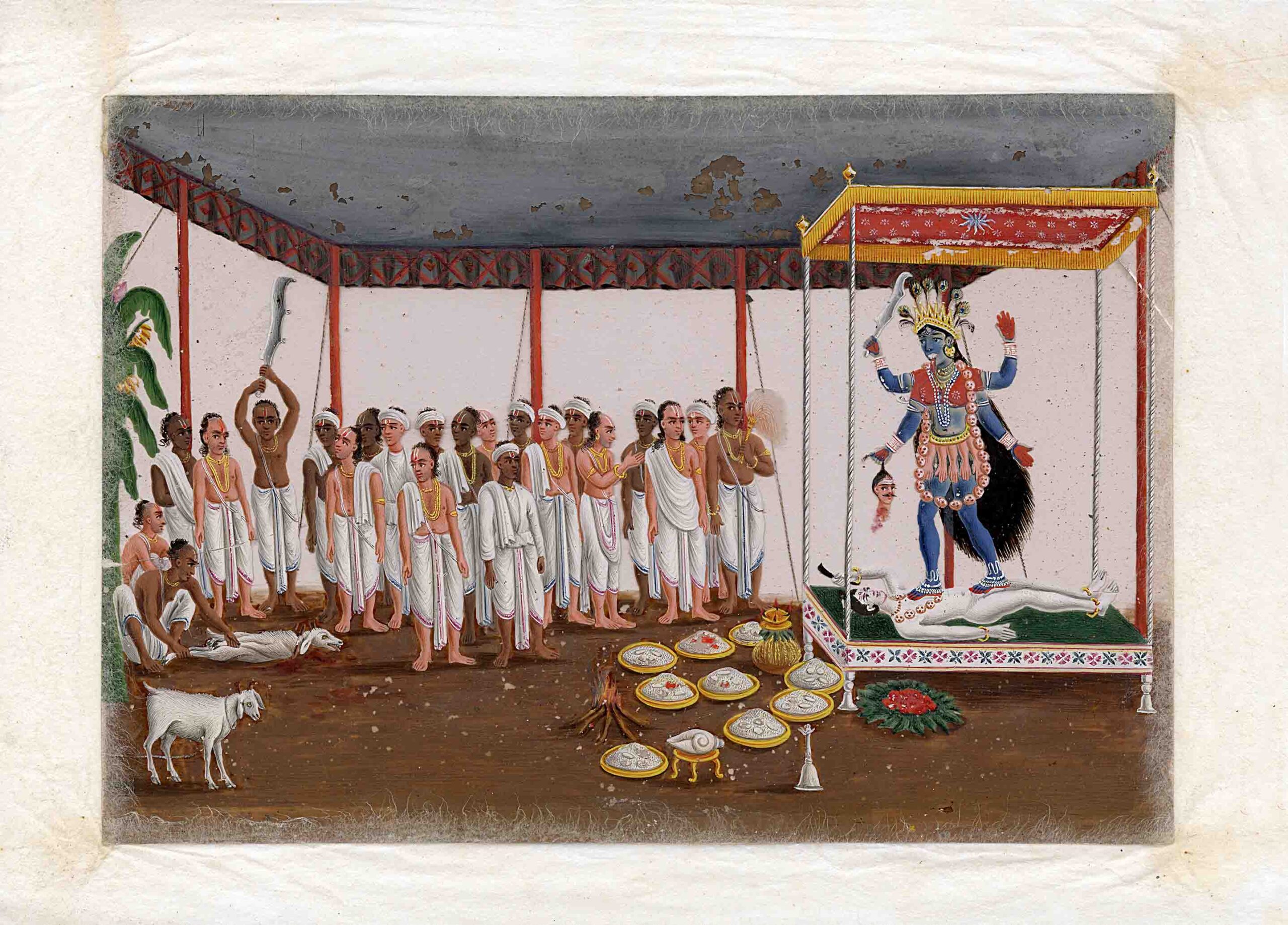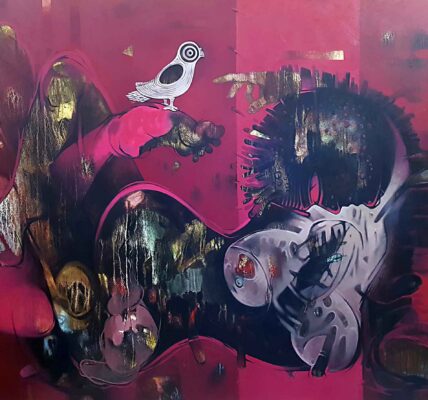Three Decades of Carrie Mae Weems
At The Frist Center For The Visual Arts
like the lives of most African
Edward Rubin
The Frist Center For The Visual Arts, also known as “The Little
Museum That Could” has been mounting important, groundbreaking
exhibitions ever since it opened its doors 12 years ago in
Nashville, Tennessee. Housed in a beautiful Art Deco post office
from the early 30s—the building is listed on the National Register of
Historic Places. The Frist is Nashville’s answer, on a smaller scale of
course, to the “big boy” museums like the Museum of Modern Art in
New York City. It may be small but it mounts big.
Most recently on view was Carrie Mae Weems’ retrospective,
“Three Decades of Photographs and Video.” Beautifully curated
by Kathryn Delmez who did her thesis on the African American
artist, is a provocative, thought-provoking, and timely exhibition—
think Spielberg’s “Lincoln”, Tarantino’s Django “Unchained”, both
currently up for Oscars—and Obama in the White House will be on
the road throughout 2013 and well into 2014. Leaving the Frist, its
originating venue, it travels to the Oregon Art Museum, Cleveland’s
Museum of Art, Cantor Arts Center in California, ending its run at
the Guggenheim in New York.
Carrie Mae Weems, subjects examine things from every
conceivable angle including race, gender, class, identity, culture,
history and institutional power. She has been showing her work
internationally for over three decades. Still, her work and reputation,
– Edward Rubin
The Many Shade s of Bla ck
Three Decades of Carrie Mae Weems
At The Frist Center For The Visual Arts
like the lives of most African Americans, a fact her body of work
aims to change, has been flying mostly under the radar. “It’s fair
to say that black folks,” she told one interviewer, “operate under a
cloud of invisibility—this too is part of my work, is indeed central
to the work…Even in the midst of the great social changes we’ve
experienced just in the last years with the election of Barack Obama,
for the most part African Americans and our lives remain invisible.”
Viewed in this light, this retrospective is something of a corrective—
an early marker, pointing the way to a post-racial era?
The layout of the show turns the visitor’s viewing experience, in
gallery after gallery; into a poignant walk through the artist’s own
personal history, the history of African-Americans in this country,
and by extension, peoples around the world. Preparing us for our
journey is Family Pictures and Stories (1978-84), the artist’s first
major photographic series. Here Weems generously shares, through
candid images with text, and actual audio recordings, the outer and
inner lives of her Portland, Oregon based family. One particular
picture, Family Reunion, depicts her family at what appears to be
the beginnings of a picnic.
Read More>> Please Subscribe our Physical Magazine



